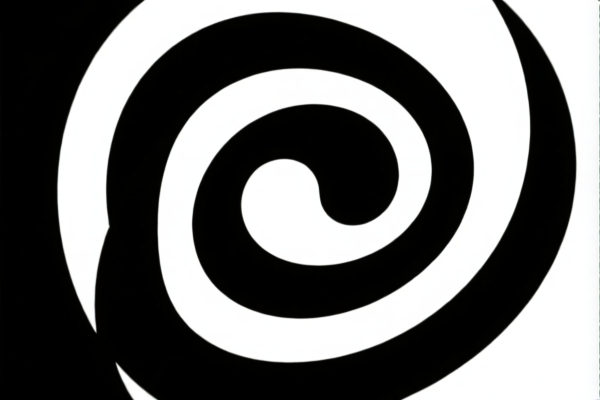| HS Code | Official Doc | Tariff Rate | Origin | Destination | Effective Date |
|---|---|---|---|---|---|
| 3926909910 | Doc | 42.8% | CN | US | 2025-05-12 |
| 3926909910 | Doc | 42.8% | CN | US | 2025-05-12 |




Okay, let's break down the HS Code and import considerations for "Other Laboratory ware" under HS Code 3926.90.99.10.
HS Code 3926.90.99.10: Detailed Analysis
This HS Code falls within Chapter 39: "Plastics and articles thereof". Here's a breakdown of each segment:
- 39: Plastics and articles thereof. This indicates the goods are primarily made of plastic or contain plastic components.
- 26: Other articles of plastics and articles of other materials. This narrows down the category to articles made of plastic or other materials, but not specifically covered in earlier headings within Chapter 39 (like plates, cutlery, etc.).
- 90: Other. This further specifies that the articles are not specifically named elsewhere within heading 39.26. This is a "catch-all" for various plastic/other material articles.
- 99: Other. This is a further sub-division within the "Other" category, used for items not specifically classified elsewhere.
- 10: This is a further sub-division, providing even more specificity. In this case, it designates "Other Laboratory ware".
In essence, HS Code 3926.90.99.10 is used for laboratory ware made of plastic or other materials that doesn't fit into more specific HS code categories.
Tax Implications (Based on Provided Data)
According to the information you provided, the tax structure is as follows:
- Basic Tariff: 5.3%
- Additional Tariff: 7.5%
- Additional Tariff (Post April 2, 2025): 30%
- Total Tax: 42.8%
Important Considerations & Recommendations:
- Material Composition: While this HS Code covers "other materials," the primary material will influence tax rates and potential import restrictions. Confirm the exact composition of the laboratory ware. Is it predominantly plastic, glass, ceramic, or a combination?
- End Use: The specific function of the laboratory ware is important. Certain types of laboratory equipment may be subject to specific regulations or require import licenses.
- Valuation: The declared value of the goods is crucial for tax calculation. Ensure accurate and justifiable pricing.
- Certification/Standards: Depending on the intended use of the laboratory ware (e.g., medical, food testing), you may need to provide certifications demonstrating compliance with relevant standards (e.g., ISO, FDA).
- Post-April 2, 2025 Tariff: Be aware of the significant tariff increase scheduled for April 2, 2025. Factor this into your import planning.
- Country of Origin: Confirm the country of origin to ensure you are applying the correct tariff rates and complying with any trade agreements.
- Dual Listing: It's always good practice to double-check if the goods could potentially fall under another HS Code. A slight change in material composition or function could lead to a different classification.
Disclaimer: I am an AI assistant and cannot provide definitive customs advice. This information is for general guidance only. Always consult with a qualified customs broker or import specialist for accurate and up-to-date regulations specific to your situation.
Customer Reviews
The HS Code 3926909910 and tariff details were exactly what I needed. The breakdown of the code segments was very informative, and the tax info was easy to follow.
I needed to confirm the HS Code for cigarette filters, and this site had the right code with the correct tariff rate. The additional tax info after April 2025 was a nice touch.
The HS Code 3926909910 details are accurate, and the tariff breakdown is very helpful for planning my imports. I'm impressed with the clarity of the information.
The info on HS Code 3926909910 is good, but I found the section on labware a bit confusing. I was looking for cigarette filters, not lab equipment, so I wish the categories were clearer.
The HS Code explanation for 3926909910 was spot-on. I was exporting cigarette filters and needed the tariff rate quickly—this site saved me time.